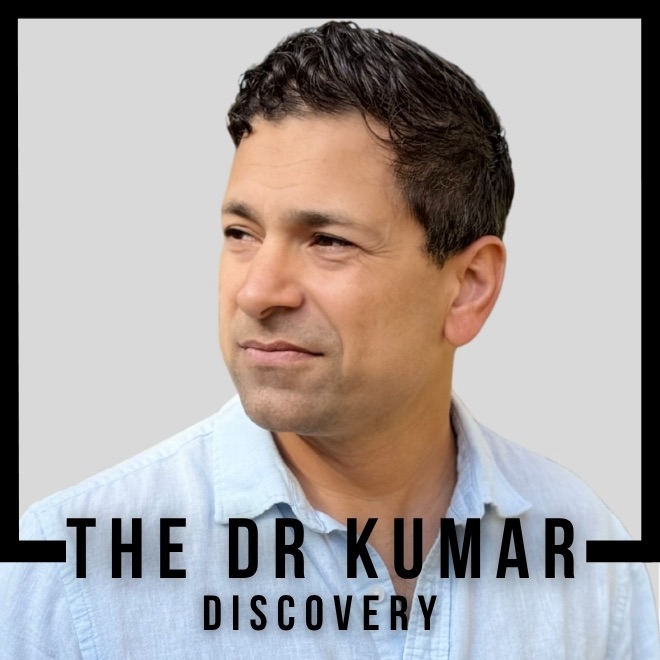How Many Women Died Because They Avoided Estrogen?
This sobering analysis estimates that approximately 50,000 women aged 50-59 died prematurely between 2002-2011 because they avoided estrogen therapy after hysterectomy due to fear created by the Women’s Health Initiative. These excess deaths occurred despite evidence that estrogen-only therapy actually reduces mortality risk in younger women who have had hysterectomies.
Dr. Kumar’s Take
This represents one of the most tragic consequences of medical misinformation in modern history. The WHI’s findings were misinterpreted and overgeneralized, leading to widespread fear of estrogen therapy even in women who would clearly benefit from it. Fifty thousand preventable deaths is not just a statistic; it represents mothers, daughters, and sisters who died prematurely because the medical community failed to properly interpret and communicate research findings.
What the Research Shows
The analysis used data from the WHI estrogen-only trial, which showed a 23% reduction in mortality among women aged 50-59 who had hysterectomies and used estrogen therapy. Researchers then calculated how many women in this age group had hysterectomies between 2002-2011 and estimated that only 30% received estrogen therapy (compared to pre-WHI rates of 60-70%). The difference in mortality rates between treated and untreated women, applied to the population of hysterectomized women, yielded the estimate of 50,000 excess deaths.
How This Works (Biological Rationale)
Younger women who have had hysterectomies are ideal candidates for estrogen therapy because they can use estrogen alone (without progestin), which has the most favorable risk-benefit profile. Estrogen provides cardiovascular protection, bone health benefits, and symptom relief without the increased breast cancer risk seen with combination therapy. The mortality reduction likely results from cardiovascular protection, reduced fractures, and other health benefits that outweigh any potential risks in this population.
Practical Takeaways
- Understand that avoiding estrogen after hysterectomy in younger women may increase rather than decrease health risks
- Recognize that the WHI’s findings about combination therapy don’t apply to estrogen-only therapy after hysterectomy
- Seek current evidence-based guidance rather than decisions based on outdated fears from misinterpreted research
- Know that estrogen-only therapy has the most favorable risk-benefit profile of all hormone therapy options
- Don’t let fear of hormone therapy prevent you from receiving potentially life-saving treatment
- Consult with providers who understand current evidence about estrogen therapy after hysterectomy
What This Means for Perimenopause and Menopause Care
This analysis highlights the deadly consequences of fear-based medicine and the importance of evidence-based decision making. It demonstrates that avoiding hormone therapy can be more dangerous than using it when the evidence supports treatment. This tragedy underscores the need for better communication of research findings and individualized care rather than blanket recommendations based on misinterpreted data.
Related Studies and Research
- Association of Menopausal Hormone Therapy With Breast Cancer Incidence and Mortality
- Risks and benefits of hormone therapy: has medical dogma now been overturned?
- The Effects of Menopause Hormone Therapy on Lipid Profile in Postmenopausal Women
- Sleep disturbance associated with the menopause
- Episode 27: Perimenopause, Menopause, and HRT - What Every Woman Should Know
FAQs
Should all women who have had hysterectomies take estrogen?
Not all, but many younger women (especially those under 65) who have had hysterectomies would benefit from estrogen therapy. Individual assessment is important, but the default should be consideration of treatment rather than avoidance.
How do we know these deaths were really preventable?
The analysis is based on the mortality reduction seen in the WHI estrogen-only trial applied to population data. While estimates have uncertainty, the magnitude suggests a significant public health impact.
What can be done to prevent similar tragedies in the future?
Better interpretation and communication of research findings, individualized care, and avoiding blanket recommendations based on studies that may not apply to all populations.
Bottom Line
The widespread avoidance of estrogen therapy after hysterectomy, driven by misinterpretation of the WHI findings, likely led to tens of thousands of preventable deaths. This tragedy highlights the importance of evidence-based medicine and individualized care rather than fear-based blanket recommendations.


